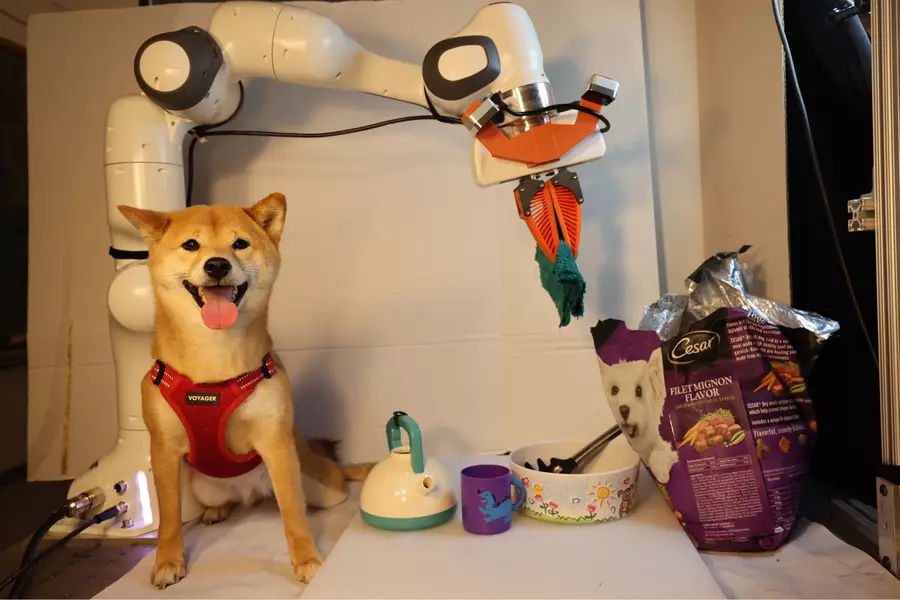This week, researchers from the Massachusetts Institute of Technology (MIT) have unveiled a pioneering model that aims to transform the landscape of robotic training methodologies. Moving away from traditional data-focused paradigms, which often grapple with limited datasets, the new approach integrates sprawling datasets reminiscent of those used in training advanced language models, such as GPT-4. This fresh perspective seeks to enhance robot capabilities in adapting to varied and unforeseen challenges, which can hinder performance due to a lack of sufficient training data.
At the heart of this innovation lies the shortcomings of imitation learning. Typically, robots learn by duplicating actions performed by humans, a process that can encounter significant obstacles when faced with unfamiliar situations. Factors like lighting changes, alterations in the environment, or the introduction of novel obstacles can derail the robot’s ability to react effectively. This limitation exposes a critical gap in traditional methods—an inadequacy in adapting to new, unforeseen variables. According to Lirui Wang, lead author of the accompanying research paper, the leap in methodology is driven by a need to create a broader foundation of knowledge akin to that employed in language models, but tailored to the complex realm of robotics.
To address these challenges, the MIT team has developed a novel architecture termed Heterogeneous Pretrained Transformers (HPT). This innovative structure stands out by harnessing diverse data inputs from various sensors and environments, focusing on the complexity and variability inherent in robotic learning situations. The architecture cleverly integrates these disparate data streams through the use of transformer models, which, as the research suggests, output improved results with increased model size. This development signifies a notable advancement in how robots can be trained, allowing modifications in design and configuration based on the tasks at hand.
As articulated by David Held, an associate professor at Carnegie Mellon University (CMU) involved in the research, the ultimate ambition is to cultivate a “universal robot brain.” This conceptual framework envisions a future where robots can be equipped with sophisticated intelligence without the necessary preliminary training, thus broadening the accessibility and utility of robotic technologies. While MIT’s approach is still in nascent stages, the researchers are committed to pushing the boundaries further, inspired by how scaling strategies have yielded breakthroughs in the domain of large language models.
The research initiative has been supported, in part, by the Toyota Research Institute, which has an established history of innovation within robotic learning. Their previous showcases, including a method for training robots in remarkably short time frames during TechCrunch Disrupt, underline the momentum behind this field. With a recent collaboration aimed at merging their learning frameworks with the cutting-edge robotics hardware of Boston Dynamics, it appears that a formidable synergy is brewing—one that holds the potential to redefine how robots learn and interact with the world.
MIT’s new approach to robotic training represents a significant leap forward in fostering adaptive, versatile robots capable of handling unforeseen challenges. By integrating an expansive array of data sources and leveraging advanced modeling techniques, the promise of a universal robot brain could soon become a reality, revolutionizing the interactions between humans and machines.

